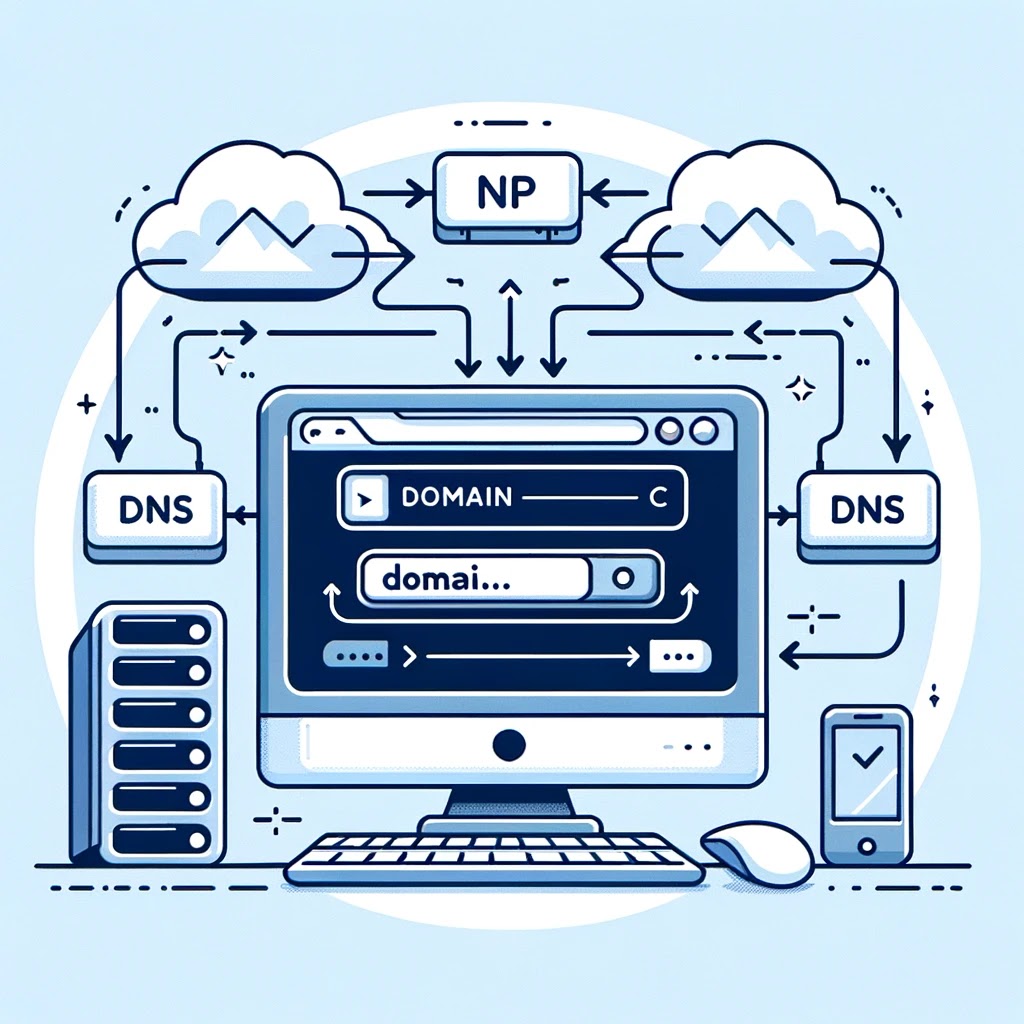Dive into the fascinating history of domain names, exploring why they were created, how they function, and the journey from the first-ever registered
The Evolution of Domain Names: From Numeric IP Addresses to Memorable URLs
The Purpose and Power of Domain Names
Imagine trying to navigate the city streets without street signs and having only GPS coordinates to guide you. That's what using the internet would be like without domain names. Introduced to replace cumbersome numerical IP addresses, domain names serve as the essential web addresses that make the internet accessible and user-friendly. They are the cornerstone of web browsing, turning complex digital directions into memorable pathways.
How Domain Names Simplify Web Navigation
The Domain Name System (DNS) acts as the internet's directory, converting user-friendly domain names into IP addresses, the numerical labels used by computers to communicate over networks. When you enter a domain name into your web browser, DNS servers translate it into the specific IP address where the website is hosted, seamlessly directing you to your destination without needing to remember complex numbers.
A Brief History of Domain Names
The Dawn of DNS
The journey of domain names began in the early 1980s, when the growing network of computers that formed the early internet necessitated a more manageable system than the existing numerical IP addresses. In 1983, researchers at the University of Wisconsin created the DNS, a revolutionary system that introduced a human-readable address system for the internet.
The Introduction of Top-Level Domains
1984 marked the establishment of the first six top-level domains (TLDs), which include familiar extensions like .com, .org, and .net. These TLDs helped organize the internet into identifiable segments, facilitating easier management and navigation.
The Evolution and Expansion of Domain Names
Since those initial developments, the domain name system has seen exponential growth and diversification. New TLDs have been introduced, including country-specific TLDs and generic TLDs tailored to various industries and interests. This expansion not only accommodates the vast numbers of new internet users and businesses but also reflects the dynamic and evolving nature of the internet.
The Critical Role of Domain Names
Domain names are more than just a technical necessity; they are a fundamental aspect of how we experience the internet. As we continue to develop and interact with the digital world, the significance of domain names only grows, ensuring that the internet remains a user-friendly and accessible resource for people worldwide.


Post A Comment:
0 comments so far,add yours
Note: Only a member of this blog may post a comment.